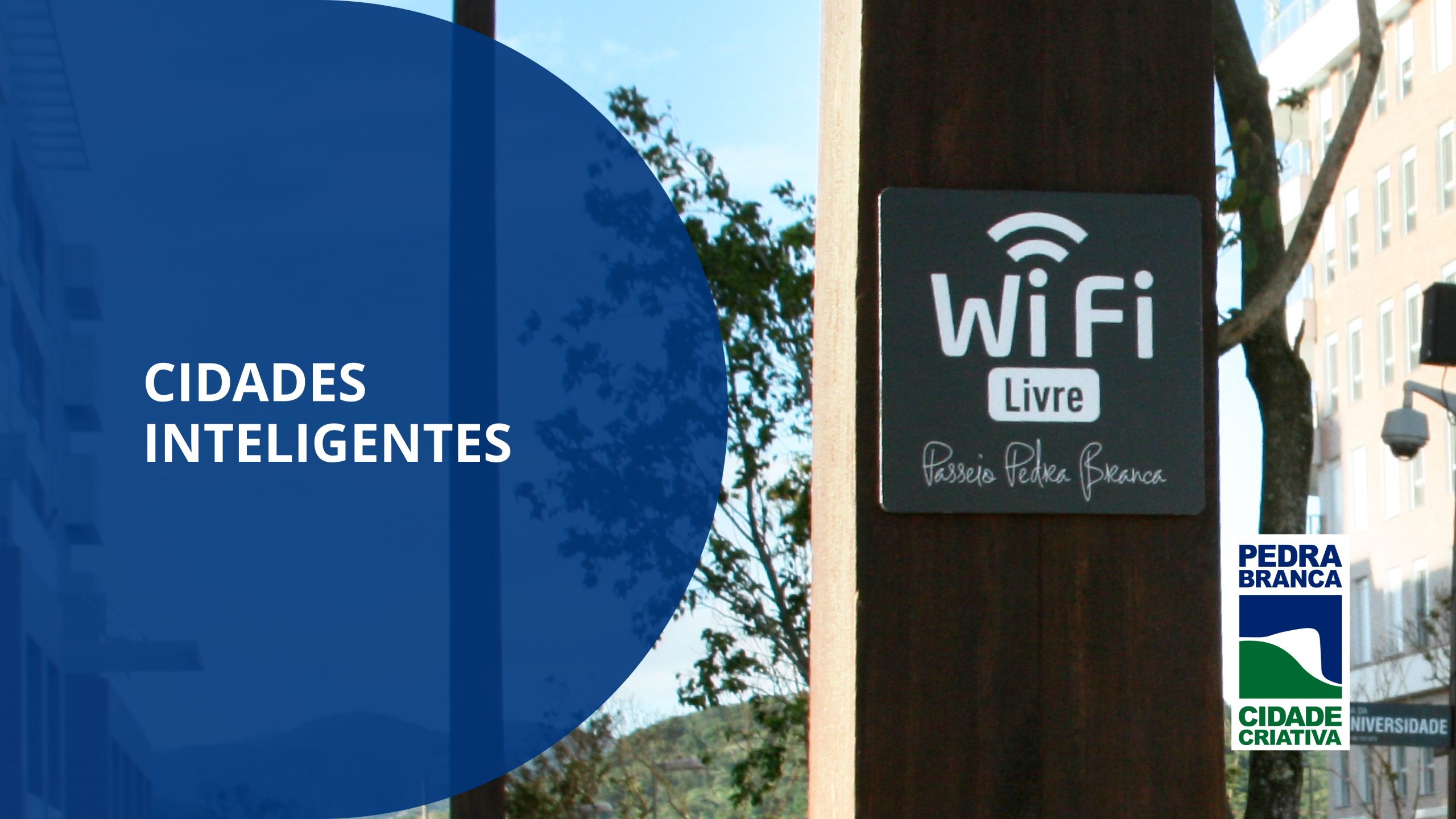Have you ever heard about Smart Cities? The concept of smart cities emerged decades ago in academic discussions and government meetings, but recently it has become a reality in different countries around the world. In another post, here on the blog, we explained in more details what makes a place a Smart City and why Cidade Pedra Branca is considered one of them!
Being a Smart City requires intelligence and collective strategy to offer the best for people, such as public security, sustainability, transport, government, education and other factors.
Meet 3 of the smartest cities in the world!
Amsterdam, Netherlands
The city, which is already famous for having bicycles as its main form of transport, is a pioneer on the European continent when it comes to sustainability and technology. The technology helps visitors and residents of Amsterdam through an app, the Drive Carefully, which alerts drivers when driving near a school to slow down.
With about 900 thousand inhabitants, the capital of the Netherlands has a platform that offers support and incentive for institutions, companies and citizens to develop green projects that aim to improve the quality of urban life for all inhabitants.
Another sustainable action implemented in the city was the adaptation of the insulation of houses and buildings to reduce energy costs, as well as the use of smart electricity meters and the use of ultra low consumption LED lamps.
Tokyo, Japan
Smart cities have no size limit and Tokyo is an example of that. With approximately 10 million inhabitants, the capital of Japan is famous for being a pioneer in technology and futuristic novelties. With a population of this size, the city invests in innovations and efficient measures to control the consumption of electricity used by houses and commercial buildings. Large companies present in Japan, such as Panasonic and Mitsubishi, are committed to developing smart technologies to revolutionize the city.
50 kilometers from the capital is Fujisawa, the smart city inaugurated by Panasonic, located at the address where a former company factory operated. In Fujisawa, everything was designed to be as sustainable as possible, such as reducing energy consumption by up to 30% and reducing CO2 emissions from homes by up to 70%.
Residences in Fujisawa. Photo: Suki Desu
For the 2020 Olympics, Tokyo will have a stadium built from modular pieces of wood and steel, as well as a village equipped with a hydrogen-based supply system.
Vienna, Austria
The city received recognition from the International Public Transport Association for having the best public transport system in the world. About 90% of the inhabitants of Vienna have easy access to the system through a smart card that automatically calculates fees for any means of transport.
With 14% use of renewable energy, the city is one of the greenest in the world, with policies for environmental protection and individual mobility. It also has the largest biomass plant in Europe, with the goal of reaching 300,000 m² of solar panels installed throughout the city by 2020.
The city has free Wi-Fi in public spaces and all new buildings must follow a sustainability standard, with integrated technologies and the construction of green spaces.
Want to understand why Pedra Branca is considered a smart city? Access the material below!
Sources:



